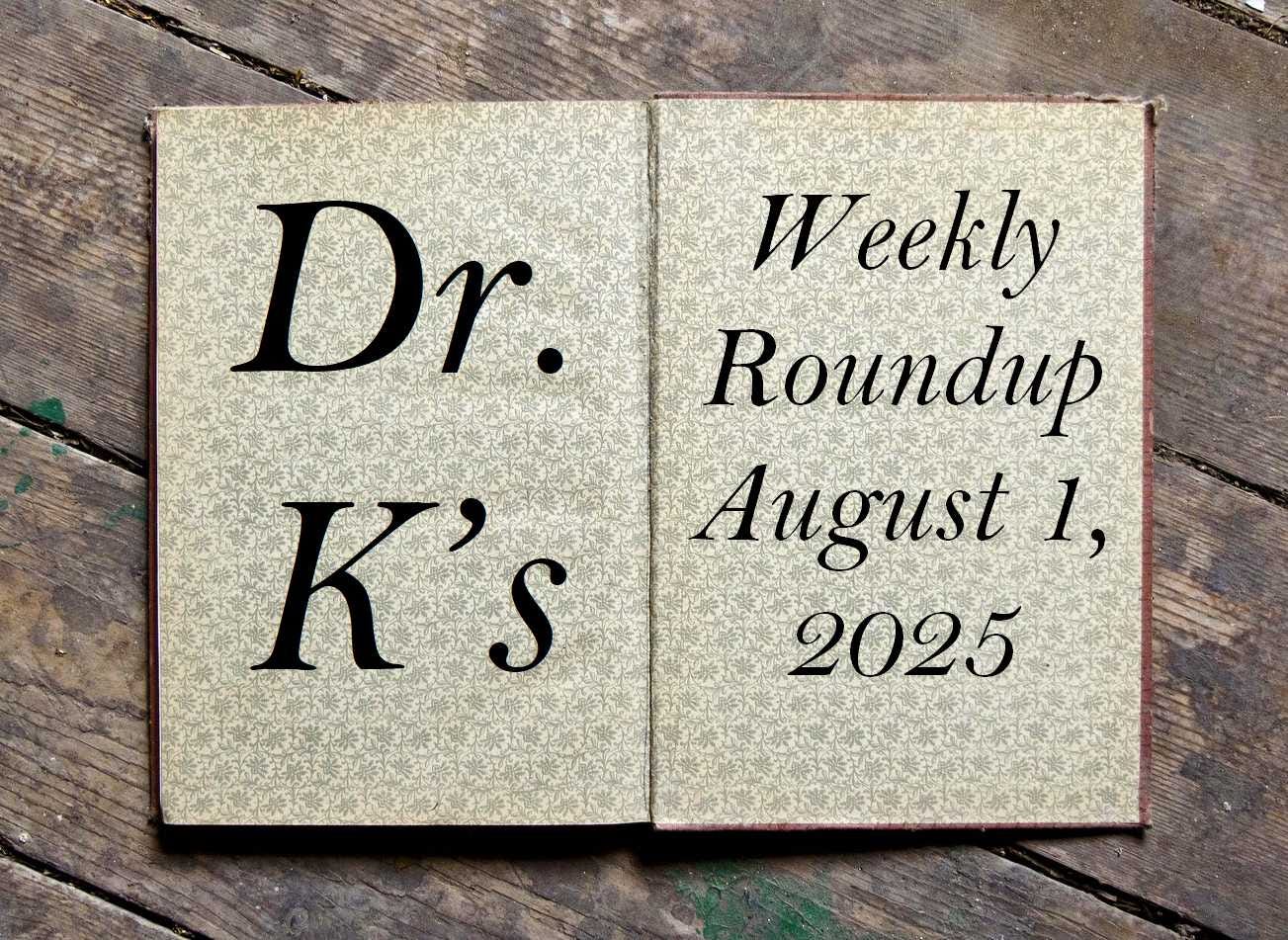Weekly Roundup, August 1, 2025
Sackings in Detroit; Hyperpapalism Blues; Doctor Newman; 4 Years of Prison Guards; Ratzinger on Lefebvre; Liturgical Lessons; Philosophical Ponderings; Political Pronunciamentos; and more
Just returned from a wonderful (though inhumanly demanding) lecture tour and pilgrimage in Spain and still reeling from jet lag, I am happy to resume the Weekly Roundup here at Tradition & Sanity. This one will be longer than usual, as I’m looking back over the past three weeks!
I am happy to say that all the lectures I gave in Spain are now available as…
Keep reading with a 7-day free trial
Subscribe to Tradition and Sanity to keep reading this post and get 7 days of free access to the full post archives.



